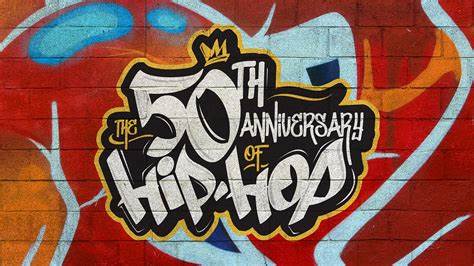2023 Marks the 50th anniversary of Hip-Hop
It may be hard to believe but 2023 marks the 50th anniversary of hip-hop. From Hip-hop’s humble beginnings on the Streets of The South Bronx, this musical and artistic subculture has gone on to infiltrate every last corner of this planet.
Today Hip-Hop is most widely recognised as a music genre mainly associated with the rap aspect. Hip-Hop however is a sub-culture representing 4 recognised elements known as The Four Pillars. The 4 pillars are; DJing, Rapping, B-Boying (Breaking) and Graffiti.
South Bronx Birthplace
To trace the very early evolution of Hip-Hop is to rely upon first-hand testaments from the original Bronx participants. Unfortunately, very little written evidence remains. Oral accounts suggest that street gangs played a huge part in the Birth of Hip-Hop.
The late 60s and 70s was an extremely dangerous time to be walking the mean streets of The Bronx. Highly territorial gangs such as the Savage skulls, The Tomohawks and most notably The Black Spades policed their respective areas.

From Gang Violence to Peace, Love, Unity and Having Fun!
Many people have cited Hip-Hop as an antidote to this violence. It’s true to say that a number of key gang members went on to become major figures in the evolution of Hip-Hop such as Cholly Rock and most notably Afrika Bambatta who together went on to form the Zulu Kings.
Many people consider the Zulu Kings to be pivotal in the development of B-Boying, organising many local events and parties. They shunned the traditional violence inherent in 70’s Street gang culture in favour of the far more positive principles of ‘peace, love, unity and having fun” for all races, religions, nations, and civilizations
August 11th 1973 and ‘That’ party!
But we’re jumping ahead slightly here. When we talk about pinpointing the actual birth of Hip-Hop we refer to one particular party in one particular building on one particular evening.
- The place; The recreation room of 1520 Sedgwick Av.
- The date; 11th August 1973.
- The Host; DJ Kool Herc.
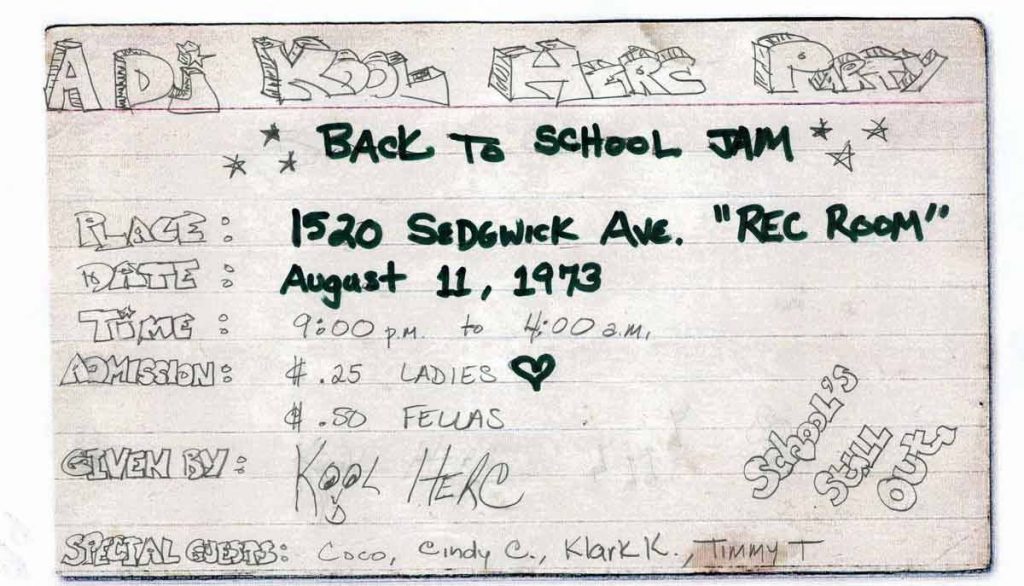
So what makes THIS party so special and the catalyst for a whole global movement? Simply put something called a Break Beat.
DJ Kool Herc: The Father of Hip-Hop
Kool Herc who was 18 at the time of this infamous party had immigrated to The South Bronx from Jamaica in 67 bringing with him the DNA of sound system culture. He had been sharpening his skills as a DJ whilst simultaneously building a formidable sound system.
Herc noticed that the elements of the records that got the best response on the dancefloor were the rhythmic stripped-down sections where the drums were most prominent. In other words The ‘Break’ section. Herc was also known to play a heavier funkier selection. He shunned the emerging disco sound in favour of a more syncopated hard funk format.
Time to ride ‘The Merry-go-round’
Herc developed an eclectic set of more obscure yet undeniably funky grooves. He noticed that whenever he dropped certain records like Apache by the Incredible Bongo Band, Give it up or turn it loose by James Brown or Just Begun by The Jimmy Caster Bunch, the energetic young dancers would literally lose their minds, performing elaborate freestyle dance moves.
So, with this in mind, on that fateful night of Aug 11th Herc decided to try something new by extending the Break sections of some of his most popular records. To do this he would use two copies of the same record to extend the break section by going from one turntable to another. What he dubbed The Merry-go-round technique.
It is this understanding of the importance of the breakbeat coupled with the deliberate extension of these break sections resulting in a prolonged period of fever-pitched acrobatic, almost competitive dance that represents the birth of Hip-Hop.
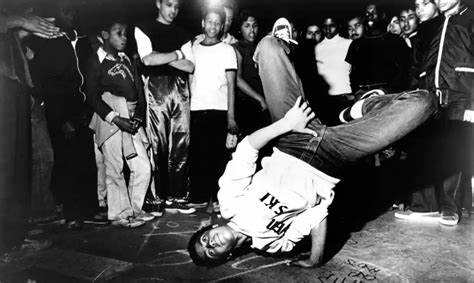
Birth of the B-Boy/Girl
Hercs parties soon began to grow in popularity and he gained a loyal following. The young dancers who would religiously follow Herc became known as B-Boys and B-Girls. Although there is some debate, according to Breaking legend Crazy-Legs, the term stands for Bronx Boys/girls.
This young generation of B-Boys and B-Girls started to form their own identity. They used Hip Hop and competitive dance as a focus for their energy rather than the violent confrontational route of street gangs. The aforementioned Afrika Bambatta was instrumental in guiding these young B-Boys/girls away from the gang lifestyle. He formed the Zulu Kings gang and organised his own parties and events. It is Bambatta that would eventually help term this cultural movement as Hip-Hop in the early 80s.

Development of the DJ
This is, of course, a potted early history. Notable mentions have to go out to pioneers such as Grandmaster Flash. Flash helped to refine and master the DJing technique of smoothly keeping the break sections going.
Another pioneer was Grand Wizzard Theodore who famously invented the technique of scratching a record. The story goes that Theodore was in his bedroom practising on his turntables when his sister stormed into his room. This caused his hand to suddenly pull the record back. He then released and deliberately pulled the record back again only to discover a whole new percussive turntable-based effect. Scratching was born!
It’s also important not to underestimate the part the blackout of 1977 played in the development of Hip-Hop. Multiple music and Electrical stores were looted during 3 days of power outages. Suddenly overnight every block seemed to have there own DJ with a sound system!
Hip-Hop Evolution: Enter the Emcee (M.C)
As the 70s hurtled towards a new decade Hip Hop was still a very localised affair. Hip Hop had travelled as far as downtown New York. New Wave Clubs such as Negril and The Mud Club would play host to Bronx-based DJs such as Jazzy Jay and Grandmaster Flash as well as a number of early Hip Hop groups.
By the mid to late 70s the technique of rapping over the break beat-inspired musical backdrop had developed hand in hand with the tightening of DJing skills. MCing had started off as a way of hyping the crowd. Mic controllers would use short rhythmic phrases and passages. Coke La Rock is generally charted as one of the first Hip-Hop MCs as he accompanied Kool Herc during his sets.
These rhythmic crowd-hyping techniques soon developed into longer-form rhymes. These soon developed to involve intricate patterns and syncopated wordplay. Many crews started to emerge with groups like The Treacherous Three, The Cold Crush Brothers and The Furious Five gaining local notoriety.
Rappers Delight: The record that changed everything!
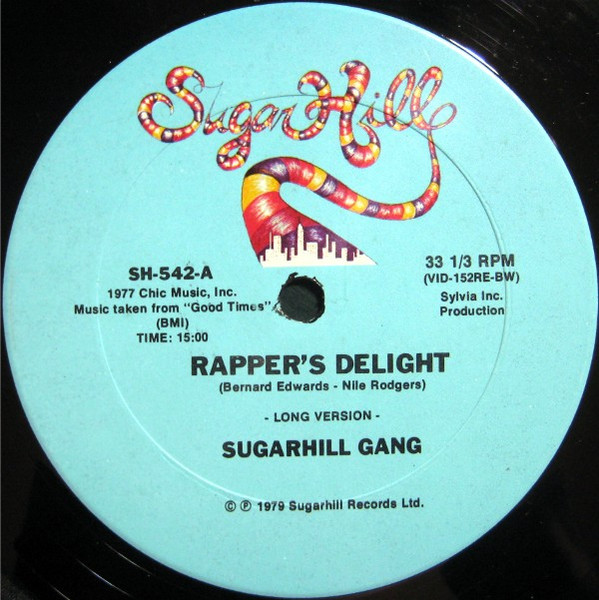
Up until the end of the decade, these early Hip-Hop groups were largely unheard of outside the NY area unless you had a connection who could source you a dub of a live jam recording. This was all about to change in September 79 with the release of the infamous Rappers Delight by the Sugarhill gang. A record that still does the business on dancefloors over 40 years later.
Although Rappers Delight wasn’t the very first rap record release it’s the one that would put the vocal technique of rapping officially on the map. Rappers Delight represented a whole new musical style that was instantly copied and imitated often with quite horrific results as demonstrated by the example below…
Early 80s: Hip-Hop on Wax
As the 80’s progressed small indie labels from New York started to release rap records. Labels such as Bobby Robbinson’s Enjoy records and Tom Silverman’s Tommy Boy started to profit from local rap recordings mainly released as 12″ singles. But it was Sylvia Robbinson’s Sugarhill records that were to be the most prolific during this period. Big hits from Grandmaster Flash and the furious five put rap on a global stage.
Hip-Hops Media assault
By 1984 Hip Hop had even been immortalised on celluloid. The box office hits Beat Street and Breakdance The Movie were both released this year. The movies Wildstyle and the documentary Style Wars also went on to infect the planet with Hip Hop fever.
By the mid-80s kids were ripping up old kitchen lino to Breakdance on. All accompanied by the block rocking sounds of the obligatory ‘battery-munching’ Boombox. And if you weren’t breaking as an 80s kid, chances are you had dabbled in a spot of illegal graff. Graffiti (or aerosol art) was showcased in all of the aforementioned movies as well as in Martha Cooper and Henry Chalfant’s iconic 1984 book Subway Art. These books and movies were pivotal in cementing graffiti as an integral element of the 4 pillars of Hip Hop.
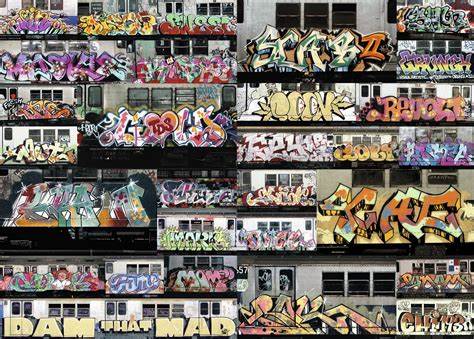
Something like a ‘Global’ Phenomenon
Fast forward to 2023 and Hip Hop has become a multi-billion dollar industry influencing everything from fashion to language as well as most forms of modern music. It is widely recognised that Hip-Hop, more than any other music form, introduced the world to sampling. Sampling is a musical practice that is now almost as synonymous as playing the guitar.
I would argue that one of the main principles of Hip-Hop as an art form is to make maximum use of the limited tools around you to inspire creativity. From the early 70’s use of 2 turntables to manipulate and provide a funky music performance, through to rapping over these ‘found’ musical collages, eventually leading to the digital sampling and manipulation of these break records, Hip Hop is all about making music with whatever you have access to.
Hip-Hop Horray: Time to celebrate the 50th anniversary of hip-hop
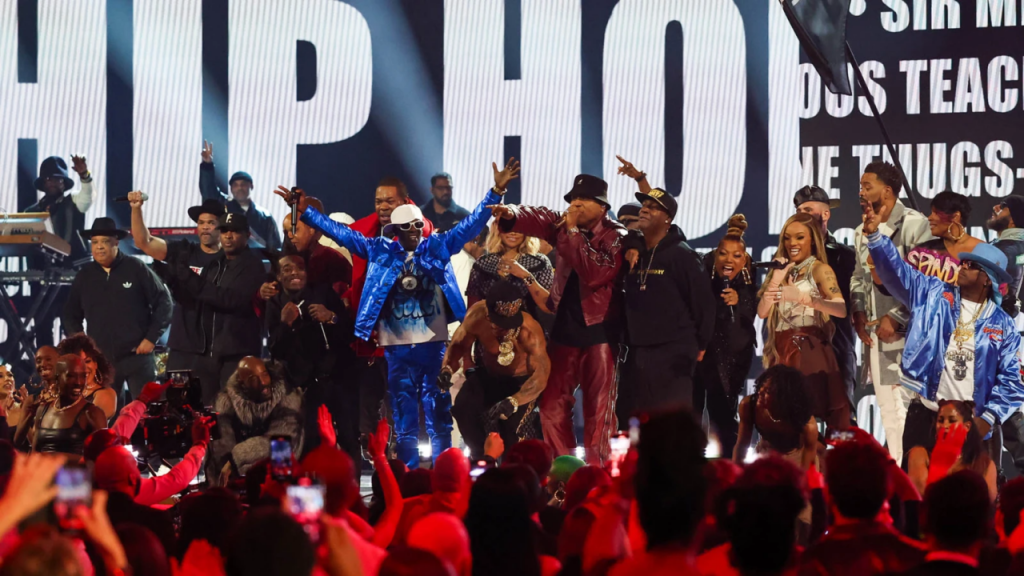
So as we fastly approach the 50th birthday of this most influential of cultural phenomenons it’s important to reflect on its humble beginnings and tumultuous rise as a global phenomenon of such significance.
Although Hip-Hop often gets a bad press, I strongly believe the guiding principles it is built upon of peace, love, unity and having fun” for all races, religions, nations, and civilizations should be very much applauded and celebrated. So I for one will be raising a glass to Hip-Hops 50th this August. And incidentally, my own 50th! As fate would have it I also came into the world on that very same night Herc was performing his Merry-go-round 3000 miles across the Atlantic ocean.
We recently posted about The 10 Best Hip-Hop Sample Packs on RouteNote Create
.Remember – RouteNote Create subscriptions start from as little as $2.99, and you also get 10 FREE credits to spend on samples when you sign-up!
